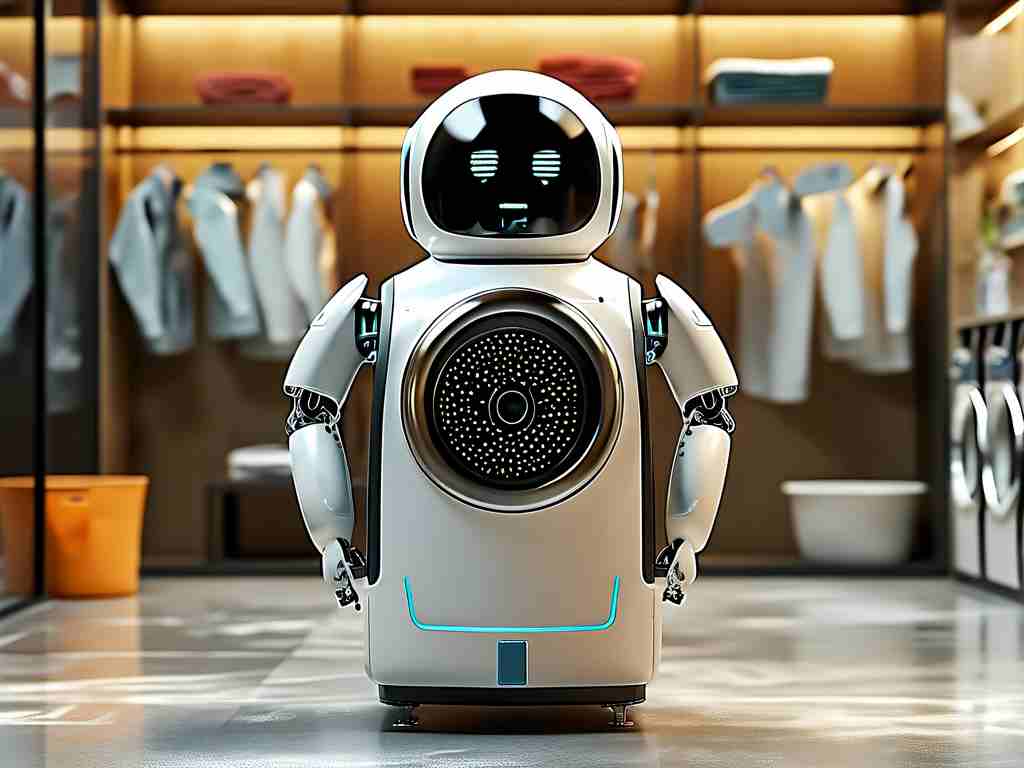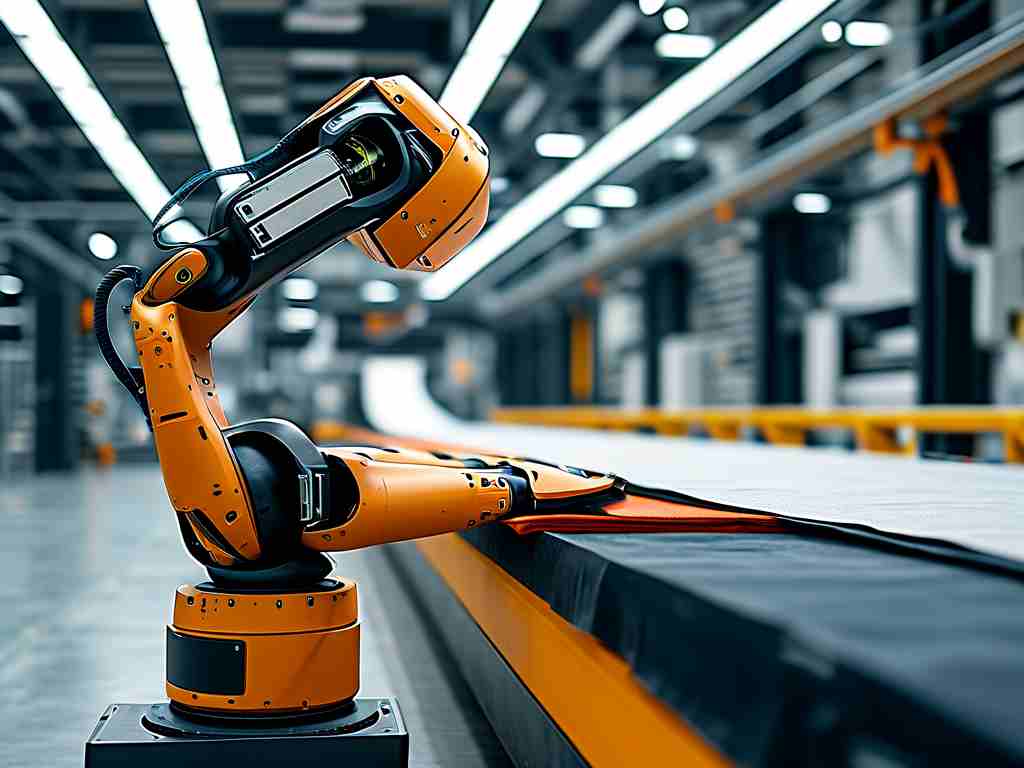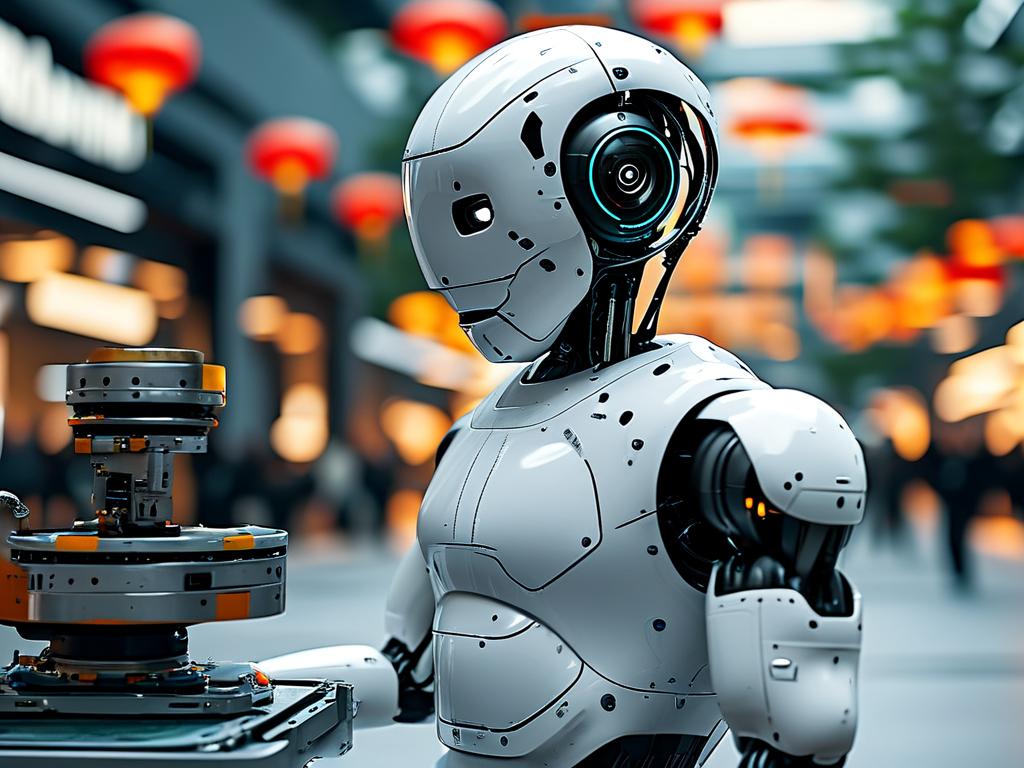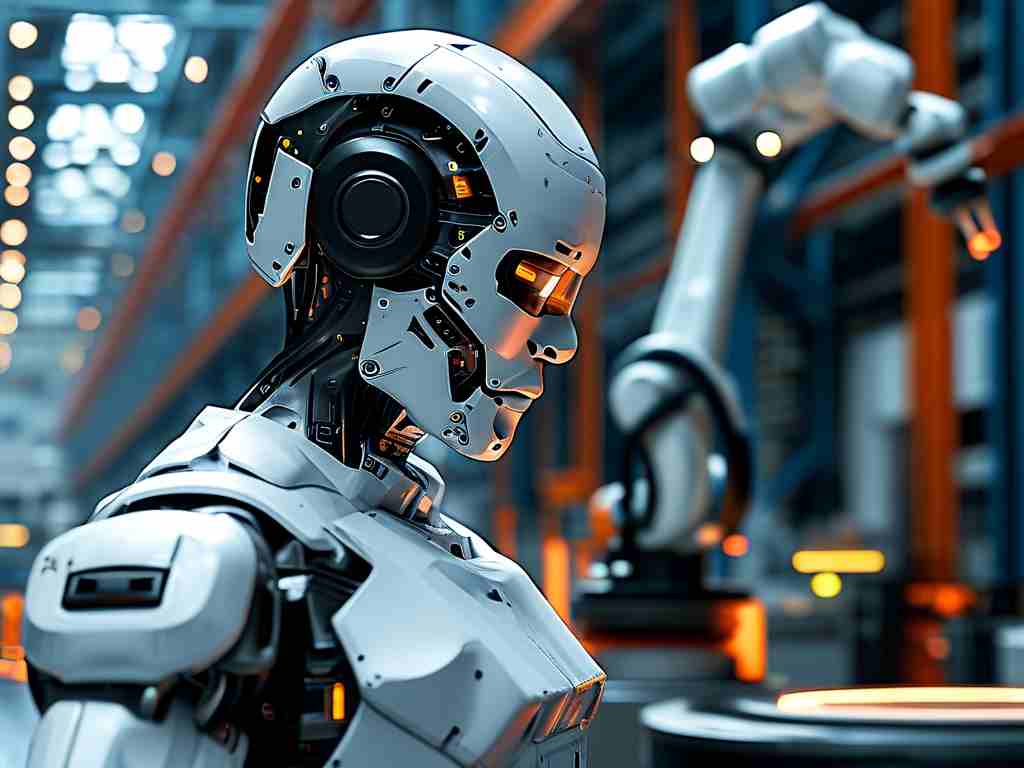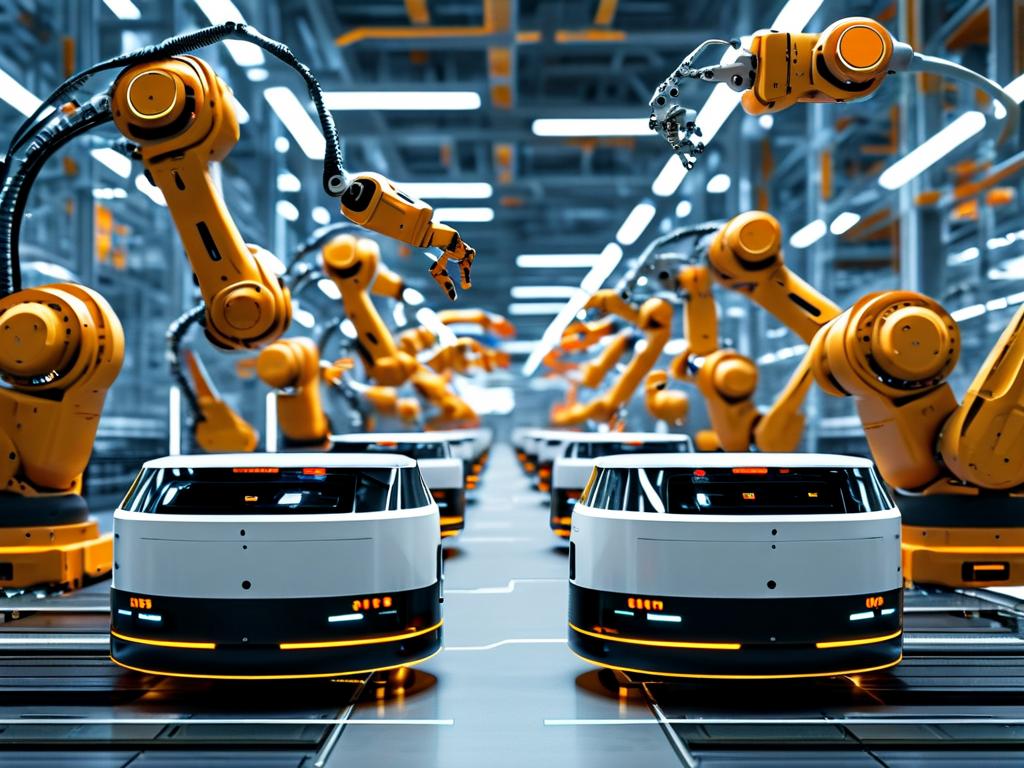The evolution of fully autonomous robot navigation technology has revolutionized industries ranging from manufacturing to healthcare. By integrating advanced algorithms, sensor fusion, and machine learning, modern robots can now operate independently in dynamic environments with minimal human intervention. This article explores the core principles, applications, and future prospects of this groundbreaking technology.
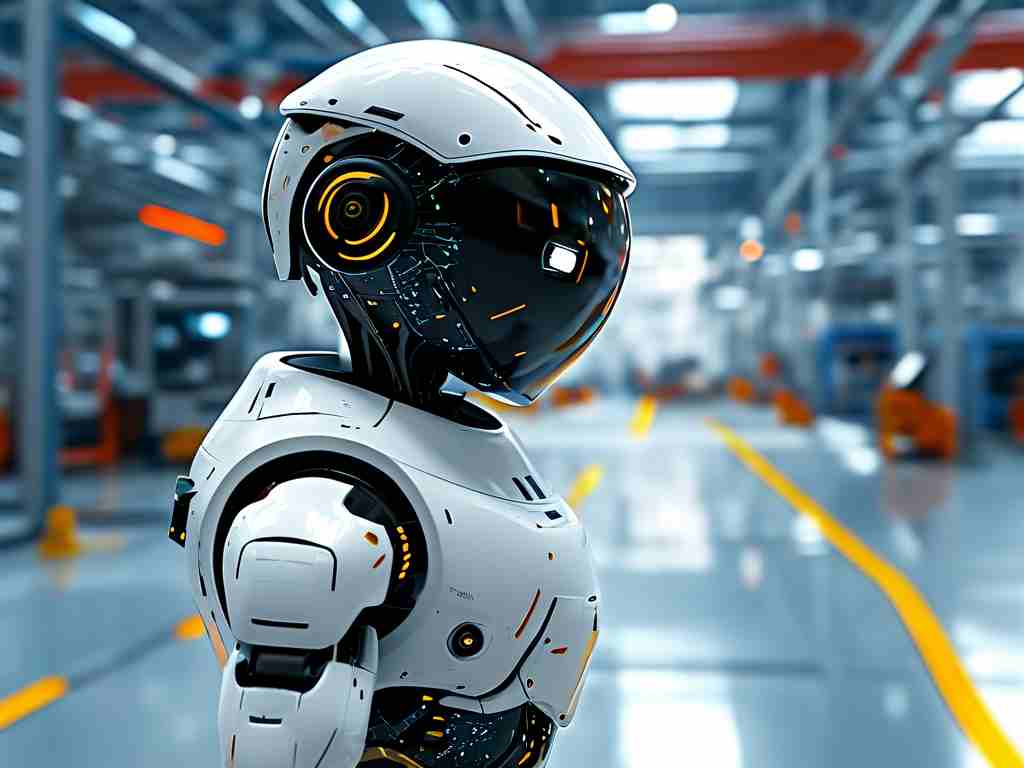
Core Technologies Behind Autonomous Navigation
At the heart of autonomous navigation lies simultaneous localization and mapping (SLAM), a process where robots construct real-time maps of unknown environments while tracking their own position. SLAM combines data from lidar, cameras, and inertial measurement units (IMUs) to create accurate spatial representations. For instance, Amazon's warehouse robots use SLAM variants to navigate mile-long fulfillment centers while avoiding collisions with humans and inventory.
Sensor fusion plays an equally critical role. Modern systems merge inputs from 3D depth sensors, thermal imaging, and ultrasonic detectors to overcome individual sensor limitations. The MIT Cheetah robot exemplifies this approach, leveraging combined visual and proprioceptive data to traverse uneven terrain at 6 m/s. Machine learning models further enhance decision-making, with reinforcement learning algorithms enabling robots to adapt to novel scenarios through simulated training.
Industrial and Commercial Applications
In manufacturing, autonomous mobile robots (AMRs) have reduced material handling costs by 40% in automotive plants. Companies like Fanuc deploy fleets of navigation-enabled robots that dynamically reroute around production line obstructions. The medical field has seen similar advancements—Intuitive Surgical's next-gen da Vinci system incorporates autonomous navigation for precise instrument positioning during minimally invasive procedures.
Agricultural robotics represents another growth area. John Deere's fully autonomous tractors use GPS-RTK and computer vision to plow fields with 2cm accuracy, while startup FarmWise employs weed-removal robots that distinguish crops from invasive plants using multispectral imaging. These systems operate 24/7, increasing yields while reducing herbicide usage by up to 90%.
Challenges and Ethical Considerations
Despite progress, technical hurdles persist. Current systems struggle in environments with reflective surfaces or rapidly changing layouts, as seen in retail stores during holiday restocking. Energy efficiency remains another concern—the Boston Dynamics Spot robot requires 90-minute charging intervals for 90 minutes of operation. Researchers are exploring wireless charging stations and hybrid power systems to address this limitation.
Ethical questions surrounding job displacement and data privacy continue to spark debate. A 2023 IFR report estimates that autonomous navigation could automate 12 million logistics jobs by 2030. However, proponents argue the technology creates higher-skilled roles in robot maintenance and AI training. Regulatory frameworks are evolving to address safety concerns, with the EU recently mandating "kill switches" on all commercial autonomous robots.
Future Directions
Emerging 5G networks and edge computing promise to enhance navigation capabilities through real-time cloud processing. Qualcomm's Robotics RB5 platform demonstrates how onboard AI chips can process sensor data 3x faster than previous generations. Meanwhile, neuromorphic computing research at Intel Labs aims to replicate biological neural networks for more energy-efficient spatial reasoning.
The integration of quantum sensors could revolutionize navigation precision. Experimental systems using cold-atom interferometry have achieved positioning accuracy 1000x superior to conventional GPS, potentially enabling underground or underwater autonomous operations. As these technologies mature, fully autonomous robots may become ubiquitous in urban infrastructure management and deep-space exploration.
In , autonomous robot navigation technology stands at the intersection of mechanical engineering, computer science, and ethical philosophy. While challenges remain, ongoing advancements suggest a future where intelligent machines collaborate seamlessly with humans across all sectors of society. The key lies in balancing innovation with responsible implementation to maximize societal benefits.


